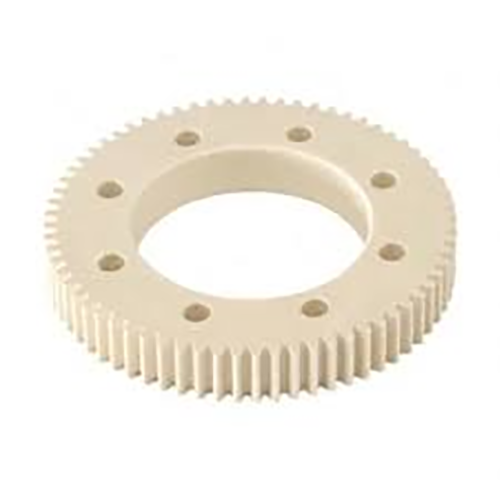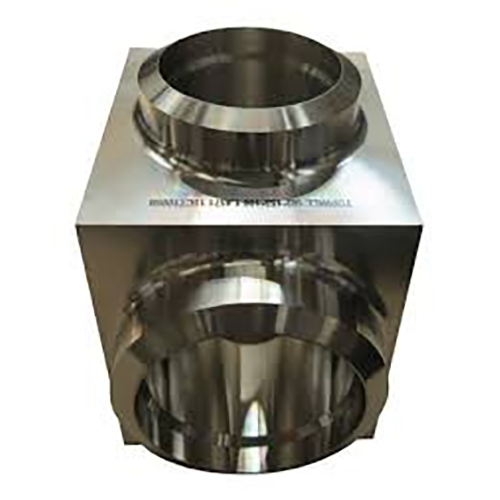adhesive ready prep substrate preparation for painting and coating

Producing the required exterior polish for a processed workpiece is critical.
- Blueprint callouts define exact texture requirements for manufactured pieces
- These callouts often use terms like "Ra," which stands for arithmetic mean deviation to quantify the surface roughness
- Decoding surface notes is important for ensuring components achieve required performance
- Defined surface quality influences lubricant retention, coefficient of friction, and wear resistance
- Right interpretation of surface notes ensures attainment of the sought condition
CNC Machining: A Definition of Precision

Programmed machining operates as a leading production process employing digital instructions the machinery forms elaborate parts with exactness.
- Computer-driven machining creates reliable parts from assorted materials
- CNC adaptability suits industries including aerospace and automotive sectors
- Numerical control systems guarantee repeatable accuracy between batches
From prototyping to mass production CNC machining plays a pivotal role in shaping modern manufacturing
CNC Specs Explained
Grasping machine spec language may feel tough at first
Yet armed with basic knowledge and methodical steps you can manage technical specifications
Kick off by isolating primary specs such as rpm, feed, tolerance, workspace, controller
Each characteristic modifies the machine’s effective performance.
Illustratively, greater spindle rpm aligns with softer workpieces; increased feed raises manufacturing pace.
Recognizing these ties supports choosing machines suited to target production
Don’t forget to review maker-supplied manuals carefully.
Maker resources usually present informative direction and demystify jargon
A Guide to CNC Machines: What You Need to Know
CNC machines are specialized computer-controlled systems used in manufacturing for precise and automated fabrication of various materials These systems execute G-code sequences to govern tool movement and actuation.
- Frequent CNC varieties include mills, lathes, routers, plasma cutting machines
- Machining methods apply across metals, plastics, wood, and composite substrates
- Also CNC equipment offers quick turn prototyping and low-volume runs for innovators and labs
Fundamental CNC Machine Concepts
They exemplify the union of precise mechanics and modern control software Programmable machines execute software-driven fabrication of straightforward components and complex constructions Key principle turns electronic models into physical artifacts.
- CNC machining
- Code-driven production workflow
This process involves a series of precise movements guided by the computer program Engineers contribute by setting machining variables, overseeing runs, and assuring product standards.
Significance of Surface Finish in CNC
Meeting set surface quality in CNC work is significant It strongly influences part functionality and visual appeal Stock properties, cutting settings, and finishing operations determine surface result.
Polished textures increase lifespan; rough finishes may lower effectiveness Machine-controlled fabrication offers many methods and cutters to achieve set surface qualities.
- Example: altering tool nose radius and flute profile |carbide alloys|cutting speeds to achieve a desired surface finish
- Moreover post-machining steps like polishing or sanding improve surface quality
Understanding the relationship between machining parameters and surface finish is essential for achieving optimal results in CNC machining operations.
CNC Overview: From Use to Application
Computerized machining precisely produces parts from metals, plastics, and other materials They apply digital directives to fabricate detailed geometries consistently Knowing programming basics and tool selection secures better machining outcomes
Fields benefiting from CNC include aerospace, automotive, industrial manufacturing, and electronics From intricate propeller parts to exacting mold inserts, CNC produces accurate geometries
Notation for Surface Finish on Machined Parts
Accurate finish definition matters when machining parts with CNC It ensures part compliance with operational and appearance standards Engineers generally specify surface quality using the Ra roughness notation Measured in micrometers or inches, the number reflects mean surface roughness height.
Evaluate both finish smoothness targets and the operational application before specifying

Smooth textures are commonly specified for components demanding precise fits and tolerances
Conversely a rougher surface finish could be appropriate for applications where grip friction traction is important
Use explicit finish instructions on design documents to convey the surface requirement Record Ra alongside additional machining recommendations or surface treatments.
Consider that thorough finish callouts underpin quality manufacturing
Kinds of CNC Machines and Their Strengths
CNC machining spans many technologies and machine classes to address different operational needs They pair with CAD software to translate designs into cutting commands for precise fabrication.
- Mills shape slots pockets and complex contours through rotary cutting
- Routers handle flat panel cutting and profiling for non-metal workpieces
- Waterjet tools cut ceramics composites and metals with no heat-affected zone
Equipment choice hinges on material, design intricacy, and precision requirements Varied CNC functionalities equip manufacturers in industries from automotive to aerospace.
Securing Optimal Finish Using CNC Machining
Achieving a superior surface finish is crucial in numerous manufacturing processes and CNC machining offers an exceptional method for achieving this goal By leveraging precise control over cutting parameters such as feed rate spindle speed and tool geometry machinists can effectively manipulate the material removal process to produce surfaces with minimal imperfections Also advanced insert materials and suitable coolant practices support improved finishes Strategic toolpath planning and precise machine adjustments result in superior finish quality.
Securing Surface Finish Through CNC Programming
Achieving intended surface characteristics through programming is vital for quality The chosen machining parameters including feed rate spindle speed and cutting tool geometry exert a significant influence on the final surface texture Conscientious parameter tuning with sound coolant strategy produces excellent surface quality.
- Also ongoing tool care and inspection support sustained finish reliability Besides that systematic tool upkeep and monitoring ensure sustained surface quality Furthermore regular tool maintenance and inspection cnc machine definition are essential for ensuring a consistent and high-quality surface finish over time
- In order to refine finish consider material, target roughness, and end-use needs
- Using CAM simulation lets you preview and tweak toolpaths to lower defect risk
- Continuous tool maintenance and oversight preserve high finish consistency
